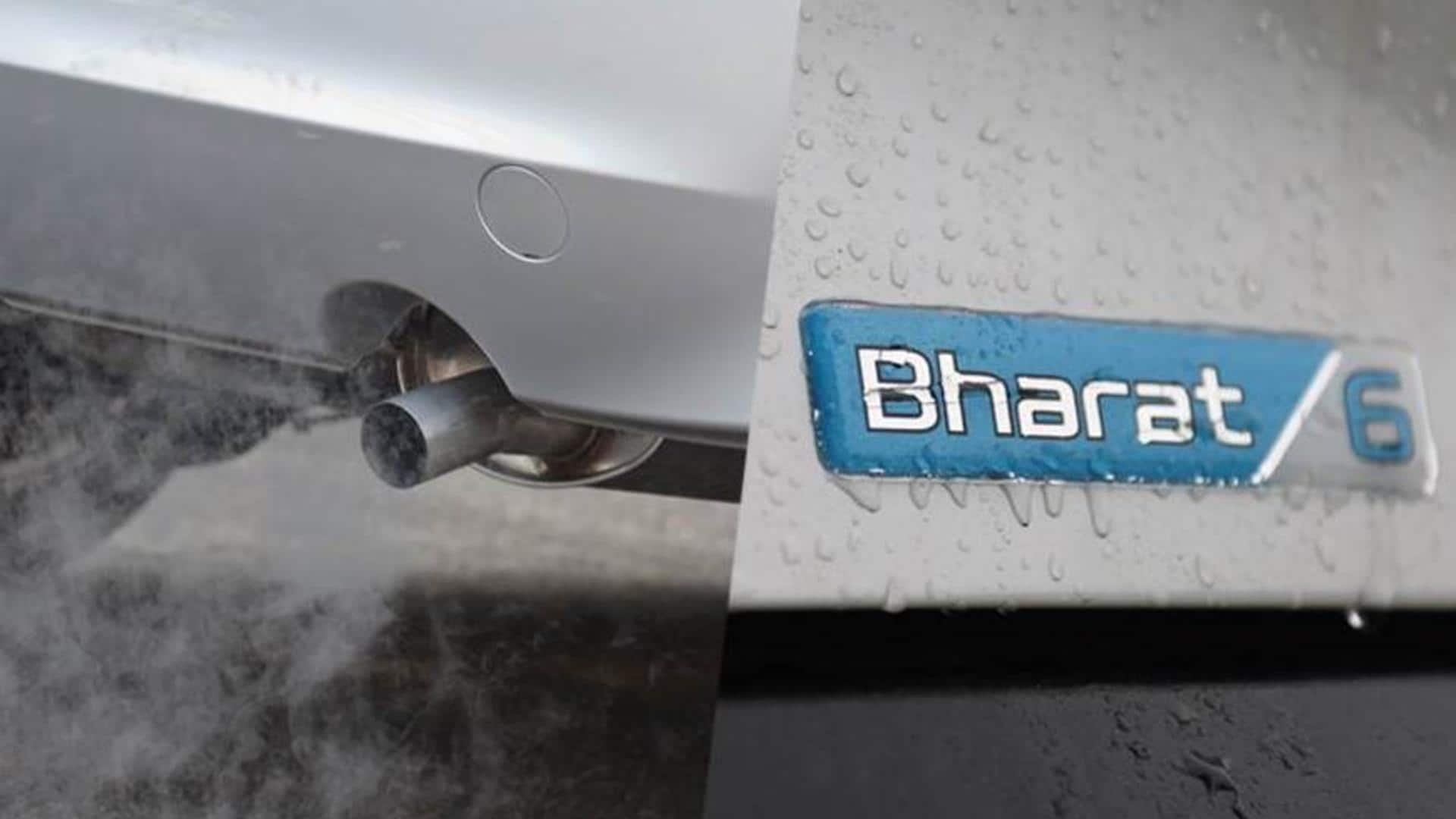
BS6 Phase 2 in India: RDE, OBD 2 norms explained
What's the story
The central government will be implementing the updated BS6 Phase 2 emission norms in India from April onward in a bid to further curb the harmful greenhouse gases from cars, bikes, scooters, and trucks. The second phase includes Real Driving Emissions (RDE) and Corporate Average Fuel Economy (CAFE 2) norms for four-wheelers and On-Board Diagnostics (OBD 2) for two-wheelers. Here's everything to know.
Context
Why does this story matter?
With the ever-rising levels of pollution and the rapidly depleting fossil fuel levels, governments across the globe are implementing stricter emission norms. These moves affect the automakers and OEMs who invest a lot in developing ICE-powered vehicles. However, the updated norms have also been indirectly responsible for the rapid development of technology in the Battery Electric Vehicle (BEV) segment.
About
What exactly are RDE and CAFE 2 norms?
As a part of Phase 2 of BS6, the Real Driving Emissions (RDE) and Corporate Average Fuel Economy (CAFE 2) are being implemented to evaluate the emission levels of four-wheelers in both ideal test conditions and the real world. The RDE norms will rely on measurement from real-world conditions, while the CAFE 2 lowers the permissible average CO2 levels of fleet vehicles.
OBD 2
A brief look at OBD 2 norm
While On-Board Diagnostics or OBD 2 has been applicable in cars and trucks in recent years, the government is now implementing the norm for two-wheelers under the BS6 Phase 2. OBD systems allow the repair technicians or even owners of the bike and scooters to access the status of the various sub-systems on the vehicles. This will allow for easier diagnostics.
Effect
How do the new norms affect automakers and OEMs?
With the implementation of the BS6 Phase 2 emission norms, all automakers will have to update their existing line-up of ICE-powered vehicles to comply with the new regulations. This move will affect the OEMs associated with developing assemblies for automakers, increasing the overall development cost. With the rise in input costs, manufacturers will be forced to increase the final prices of their vehicles.
Information
Price hikes will cause a drop in total sales figures
The rise in prices of new two-wheelers and four-wheelers might eventually lead to a drop in the overall sale of ICE-powered vehicles. However, this move can also shift the focus of the general public to Battery Electric Vehicles (BEVs) and Hybrid Electric Vehicles (HEVs).